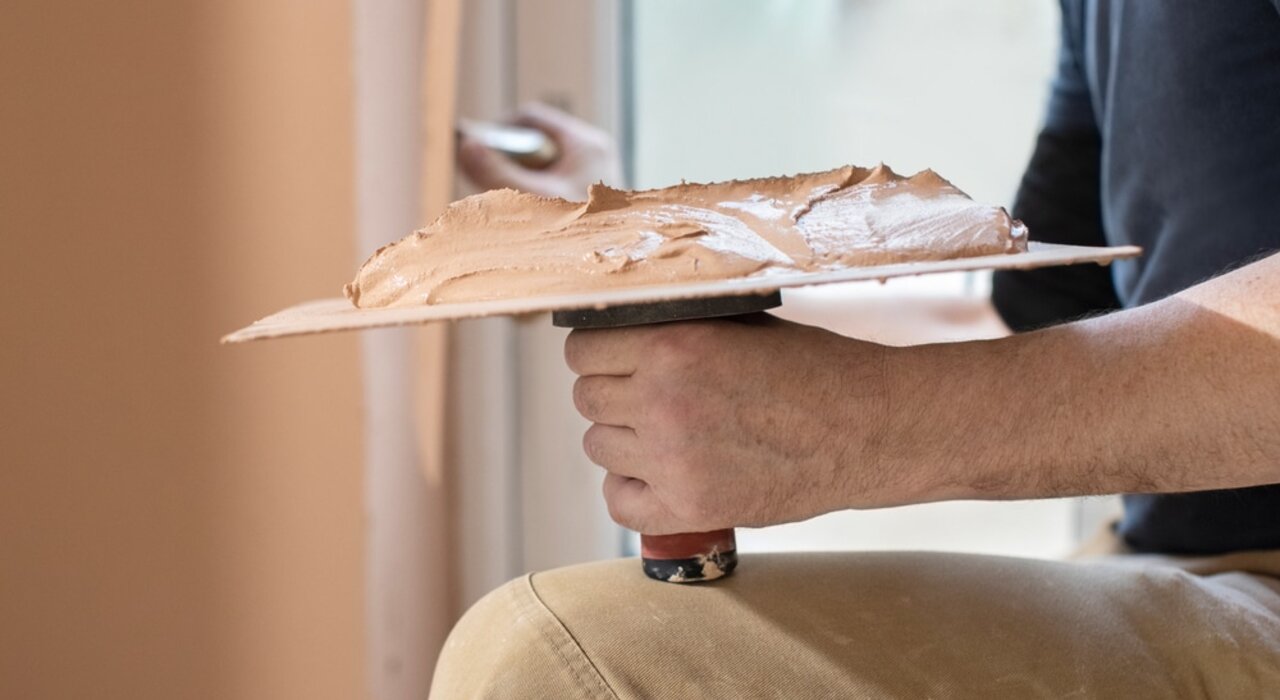
The cost of plastering a room is a crucial consideration for anyone undertaking a home renovation or redecoration. This process involves not only the application of a layer of plaster on the interior walls and ceilings to achieve a smooth surface but also requires thoughtful planning and budgeting. Various factors such as the size and condition of the room, the type of plaster used (like traditional lime or more modern gypsum plaster), and the expertise required for the job significantly influence the total cost. Understanding these variables is essential for homeowners to make informed decisions and manage their renovation budgets effectively.
What are the factors that affect the cost of plastering a room?
- Size and Condition of the Room: Larger rooms require more materials and labour. The existing condition of the walls also affects costs; damaged or uneven surfaces need more preparation.
- Type of Plaster: Lime plaster, typically used in traditional builds, is more expensive due to its application process and materials. Gypsum plaster is more cost-effective and commonly used in modern constructions.
- Labour Costs: This includes the number of plasterers needed and the duration of the project. Complex jobs requiring more skilled labour or additional days of work will be more expensive.
- Location: Costs can vary depending on geographical location due to differences in local labour rates.
- Additional Work: If the job requires scaffolding, dealing with high ceilings, or intricate details, this can add to the overall cost.
Gypsum vs lime plaster
Gypsum and lime plasters differ significantly in their composition, properties, and applications. Made from the mineral gypsum, gypsum plaster is known for its quick setting time and ease of application, making it a popular choice for modern construction. Its rapid drying feature allows for faster completion of projects. However, it's less breathable compared to lime plaster, which could potentially lead to moisture-related issues in certain buildings. On the other hand, lime plaster, derived from limestone, is highly breathable and thus ideal for older, traditional buildings where moisture management is crucial. This breathability helps in preventing dampness and maintaining the structural integrity of walls. Lime plaster is more flexible and less prone to cracking over time, and it even strengthens as it absorbs carbon dioxide. However, it requires more skill to apply and takes longer to set, making it a less common choice for quick-build projects. Cost-wise, gypsum plaster tends to be more readily available and economical than lime plaster. The choice between the two depends largely on the specific needs of the building, the desired finish, and the environmental considerations of the area. Gypsum is typically favoured for its cost-effectiveness and ease of use in newer constructions, while lime is preferred for restoration work and in buildings that require higher breathability.
How much does it cost?
The cost to plaster a room can vary greatly depending on several factors including the square meterage of the wall or ceiling, the number of days and plasterers required, and the type of plaster used (lime or gypsum). For traditional lime plaster, prices can range from £190 to £220 per square metre. Gypsum plastering is less expensive, costing around £13 per square metre. Daily rates for plasterers also vary, with charges outside of London around £250 per man per day, potentially rising to £270, while rates in London can be higher. The overall cost also depends on factors like the size of the room, the complexity of the job, and any necessary preparation work. DIY plastering can save money but requires skill and the right tools. The cost and complexity of the project can change significantly based on these variables.
- Small Room (e.g., 12 square metres): Using gypsum plaster at £13 per square metre, the material cost would be around £156. If one plasterer takes a day (£250), the total cost would be approximately £406.
- Medium Room (e.g., 25 square metres): For gypsum plastering, the material cost would be about £325. If the job takes two days (£500), the total cost might be around £825.
- Large Room (e.g., 40 square metres): With gypsum plaster, the material cost would be £520. Assuming three days of work (£750), the total could be around £1,270.
What about tools?
For a basic plastering job, you will need tools like a plastering trowel, mixing bucket, hawk board, mixer or mixing stick, and a corner trowel. The cost of these tools can vary. A basic set can be purchased for around £25 to £100, depending on the quality and the number of tools you choose. Higher-end professional tools will cost more. It's also possible to find these tools secondhand, which can reduce costs.
DIY vs professional plastering
DIY plastering can seem like a cost-effective solution for home renovations.It offers the satisfaction of completing a project yourself and can potentially save on labour costs. However, the pitfalls are significant. Without proper skills and experience, DIY plastering can result in uneven surfaces, cracking, and poor adhesion. These mistakes not only detract from the aesthetic appeal but can also lead to structural issues over time. Correcting DIY plastering mistakes often involves hiring professionals, which can be more expensive than if they were hired initially. The cost of repair includes the removal of faulty plaster, purchasing new materials, and paying for skilled labour. This can easily double or triple the original budget, making the initial savings from DIY less significant. Professional plasterers bring years of experience, ensuring a high-quality finish. They can efficiently handle complex situations and provide a level of durability that is hard to achieve with DIY. While the upfront cost is higher, the investment pays off in the long term with a superior finish and reduced risk of future repairs.
